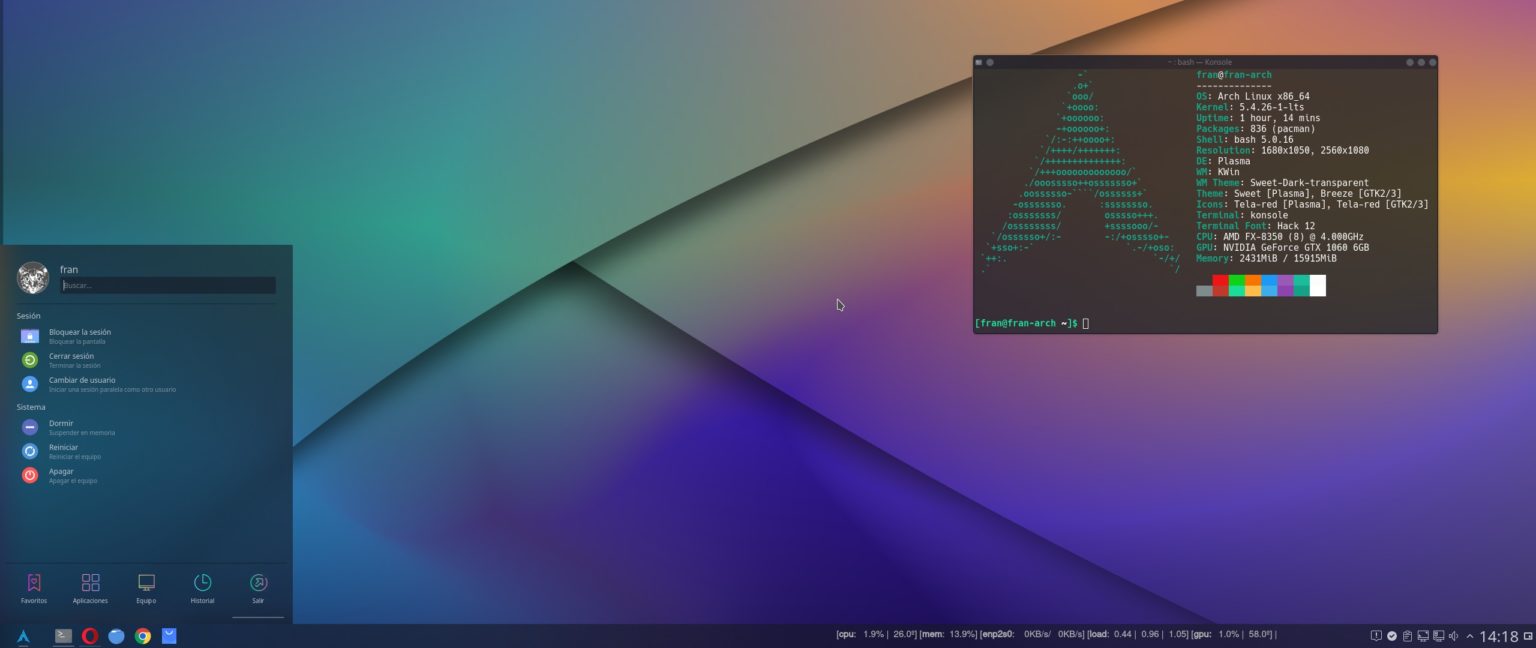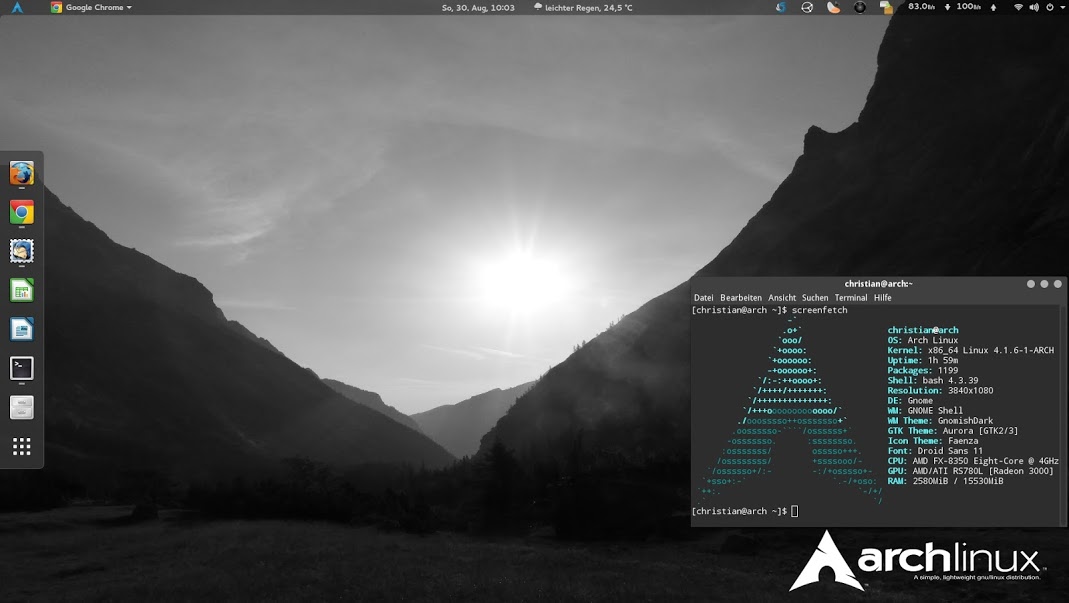

Then, install these additional packages required for the bootloader to work properly.

usermod -aG wheel,video,audio username Setting Up the GRUB Bootloaderįirst, install the grub package using pacman. Replace username with your username, and note that the group names in the command don’t have spaces after the commas. After system installation in Arch Linux, a very good feature is seen that it works on the principle of (DIY) under which Arch Linux is installed with only a few things.
Arch linux how to#
This article will cover how to install Arch Linux as well as how to use it. passwd usernameĪdd the new user to the groups wheel, audio, and video using the command given below. Many Linux users are familiar with Arch Linux, as it is a variant of Linux that is very popular. Then, create an additional non-root user using useradd as follows, replacing username with your username: useradd -m usernameĬonfigure the new user’s password using the passwd command, again replacing username with your username. Set up the root user password by typing the passwd command. 127.0.0.1 localhostġ27.0.1.1 hostname.localdomain hostname Creating and Configuring Users It is a bloated mess and for some reason wants to use their own libraries instead of system libraries. Remember to replace hostname in the command with the system hostname you set in the previous step. Leave the comments as is and append the following text to the file.

You’ll notice that the file already contains some comments. Format the /dev/sda1 (EFI) partition to FAT32 by typing: mkfs.fat -F32 /dev/sda1 Now you need to format the partitions using the mkfs command. RELATED: How to Choose a Partition Scheme for Your Linux PC Formatting the Partitions Type w and hit “Enter” to write the changes to the disk. The root partition should be of Linux filesystem type, so we don’t need to change it. Similarly, select the swap partition (partition number 2) and type 82 to convert the partition type to Linux swap. Then, type ef to change the filesystem to EFI System type. To change this, type t and hit “Enter” to proceed. RELATED: How Big Should Your Page File or Swap Partition Be?īy default, all the partitions will have the “Linux Filesystem” type. Finally, create a root partition and allocate all the remaining sectors to it by simply continuing with the default configurations. Similarly, create a swap partition with +2G as the last sector value. You are free to replace 550M in the aforementioned command with the size you want for the partition.


 0 kommentar(er)
0 kommentar(er)
